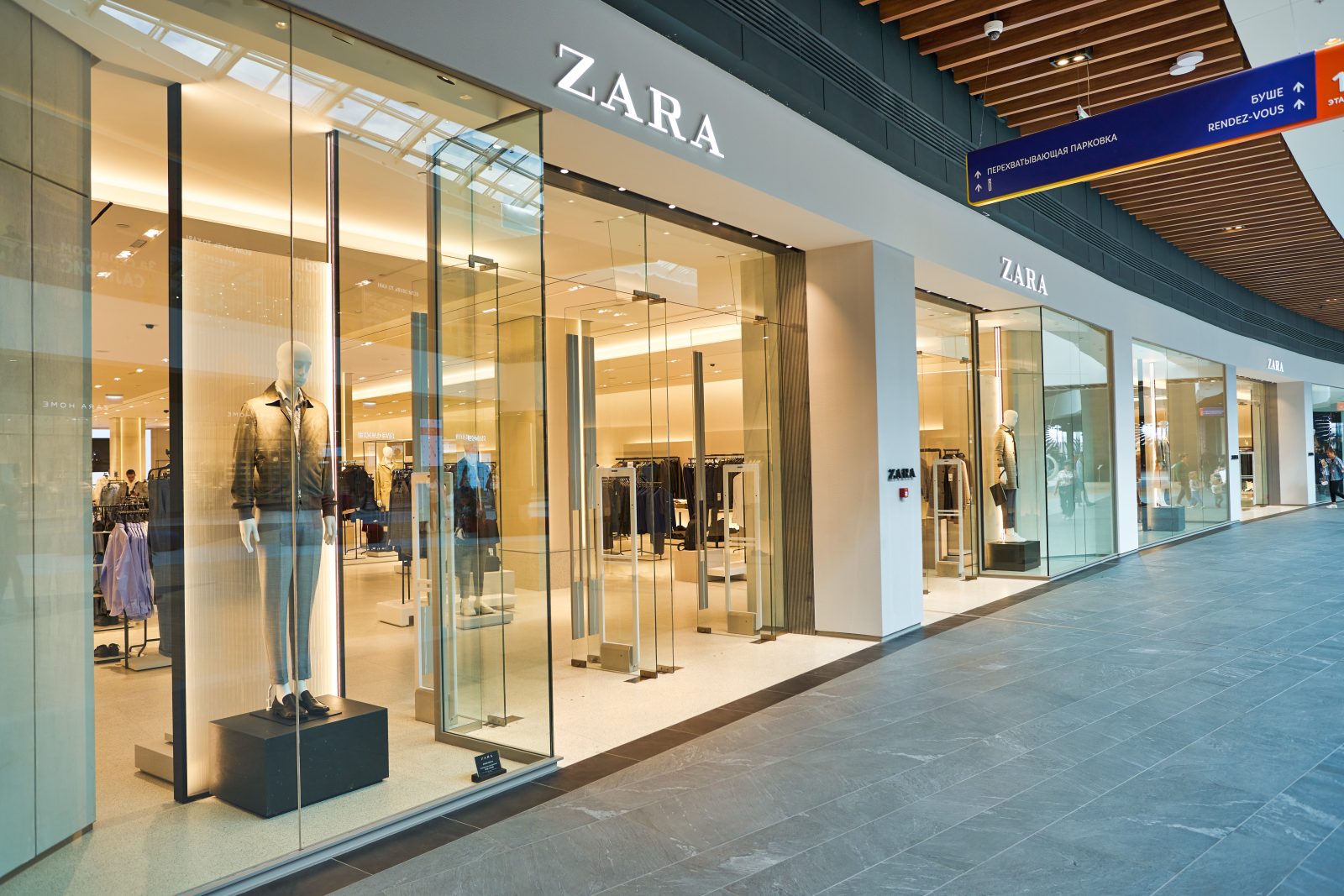Fashion giant Zara has come under regulatory scrutiny after some of its advertisements were banned for featuring models deemed to promote an unhealthy body image. The decision, made by advertising authorities, follows public complaints that the models showcased in the campaign appeared excessively thin, raising questions about the brand’s portrayal of beauty and health.
The disputed advertisements were a component of a larger promotional strategy by the global retailer, recognized for its rapid-fashion method and worldwide reach. Although the images aligned with the company’s classic minimalist look, the portrayal of the models caused worry. Authorities determined that the pictures might be seen as endorsing or idealizing unhealthy body images, especially given the setting where fashion marketing is known to shape public opinion—particularly among younger and easily influenced viewers.
Authorities reviewed the campaign and concluded that the models’ physical appearance fell below acceptable thresholds of healthy representation. The decision to remove the ads was not based solely on one image or subjective interpretation but rather on a comprehensive assessment that considered prevailing health standards, industry guidelines, and feedback from the public.
The ban is part of a broader effort by regulators across various countries to hold brands accountable for the messages they project through advertising. In recent years, concerns about body image, eating disorders, and unrealistic beauty standards have taken center stage in discussions about media responsibility. The fashion industry, in particular, has faced repeated criticism for featuring models with extremely low body weight, often without disclosing the physical or health implications behind such appearances.
While Zara has not made a detailed public statement regarding the removal of the ads, the company has in the past expressed commitment to diversity and inclusion in its campaigns. However, critics argue that progress remains uneven, and the recent incident highlights ongoing gaps between intention and execution.
Medical experts and advocacy organizations have consistently highlighted the influence of media portrayal on both mental and physical well-being. Research indicates that regular exposure to idealized or extremely thin body images in advertisements can lead to dissatisfaction with one’s body, reduced self-worth, and unhealthy eating patterns, especially in teenagers and young adults.
In this situation, the prohibition of Zara’s advertisements is perceived as an essential step instead of a unique imposition. Authorities have explained that the intention isn’t to inhibit artistic expression, but to guarantee that marketing complies with guidelines that emphasize community health. They highlight that this measure should act as a caution to all fashion and beauty labels to thoroughly consider the selection and depiction of models in their promotional activities.
The event also rekindles a persistent discussion in the fashion world: how to harmonize visual appeal, creative expression, and moral duty. Although slenderness has traditionally been linked to haute couture, there is increasing demand from buyers, advocates, and health officials to adopt more inclusive and genuine portrayals of body forms and dimensions.
Certain fashion brands and media platforms have made adjustments, featuring models of various sizes, ethnic groups, and histories in their promotions. Additionally, there is a growing acknowledgment that beauty standards must transform to represent the more widespread public, as opposed to a limited and frequently unrealistic benchmark.
During the past few years, numerous nations have introduced rules obligating companies to reveal when pictures have been modified digitally or to confirm that models adhere to basic health standards. For example, France enacted laws that require health certifications for models and mandate openness regarding photo retouching. Comparable initiatives have been discussed in other regions, indicating a movement towards increased responsibility.
The perception of buyers significantly influences this transformation. Research reveals that consumers tend to favor companies that emphasize genuineness, well-being, and variety. Notably, younger demographics are attracted to businesses that reflect principles of inclusivity and psychological health, rendering socially responsible marketing both moral and strategically advantageous.
Zara’s recent setback may prompt a reassessment of its internal policies on model selection and creative direction. While the brand remains one of the most influential in global fashion, moments like these serve as a checkpoint for how influence is wielded. Industry observers suggest that this could be an opportunity for Zara to lead by example, reasserting a commitment to health-conscious representation in future campaigns.
At the same time, the wider fashion industry is dealing with comparable issues. As demands evolve and the push for ethical representation becomes more pronounced, companies face heightened demands to be creative both in their concepts and in the way they share their ideas with the public. Ethical promotion is rapidly emerging as a characteristic of contemporary branding—one that emphasizes consumer confidence and societal influence in addition to financial achievement.
The withdrawal of Zara’s advertisements might be a temporary issue; however, it highlights a lasting change in the relationship between fashion, well-being, perception, and culture. As brands are expected to meet elevated criteria, health proponents and consumers alike aspire for the industry to adopt a more inclusive and empowering view of beauty—one that mirrors reality while preserving creativity.



